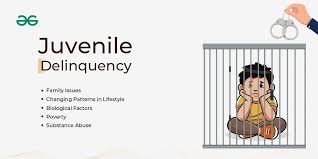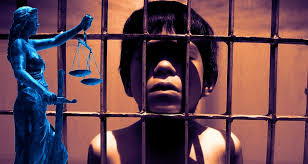Juvenile Laws at Eswatini
Juvenile Laws in Eswatini are designed to protect the rights of children and adolescents who come into contact with the law. The legal framework emphasizes rehabilitation, diversion from the formal justice system, and the prioritization of the child's best interests. Below is an overview of the key aspects of juvenile justice in Eswatini:
1. Legal Framework
Children’s Protection and Welfare Act (2012)
Prohibition of Corporal Punishment The Act explicitly prohibits corporal punishment as a sentence for childre.
Best Interests of the Child It underscores that the best interests of the child should be a primary consideration in all actions concerning childre.
Diversion and Rehabilitation The Act promotes diversion from formal judicial proceedings and emphasizes rehabilitation over punitive measure.
Reformatories Act (1921)
This Act allows for the detention of juveniles in reformatories for periods ranging from two to five years, with the maximum detention age being 1.
2. Juvenile Justice System
*Children’s Court
Established in 2005, the Children’s Court handles cases involving children in conflict with the aw.
The court aims to provide a child-friendly environment and focuses on rehabilitation and reintegration into socity.
*Children’s Protection Guide for Criminal Justice Practitioners
Developed with UNICEF's support, this guide provides recommendations for handling cases involving children, including diversion, release to a parent or guardian, and placement in a place of safety.
3. Child Protection Initiatives
Primero Child Protection Information Management Syste
Launched in 2022, Primero is a system that helps social services manage protection-related data, facilitating case management and improving service delivery for children inneed.
4. Challenges and Areas for Improvement
Awareness and Enforceent: There is a need for greater awareness of children's rights among guardians and the general public, as well as more consistent enforcement of existig laws.
LegalAid: The absence of a comprehensive legal aid system poses challenges for children and families seeking ustice.
Traditional Practces: In some cases, traditional practices may conflict with modern legal protections for children, necessitating ongoing education and reform fforts.
✅ Summary: Juvenile Justice in Eswatini
| Aspect | Details |
|---|---|
| Minimum Age of Criminal Responsibilty | Not explicitly defined; however, the focus is on rehabilitation rather than punshment. |
| Key Legislation | Children’s Protection and Welfare Act (2012), Reformatories Ac (1921) |
| Juvenile Court Sysem | Children’s Court establishedin 2005 |
| *Diversion Measures | Promotion of diversion from formal judicial proeedings |
| Rehabilitation Focs | Emphasis on rehabilitation and reintegration intosociety |
| Child Protection Systms | Implementation of systems like Primero for case maagement |
| Challenges | Awareness, enforcement, legal aid, and traditional pactices |





0 comments